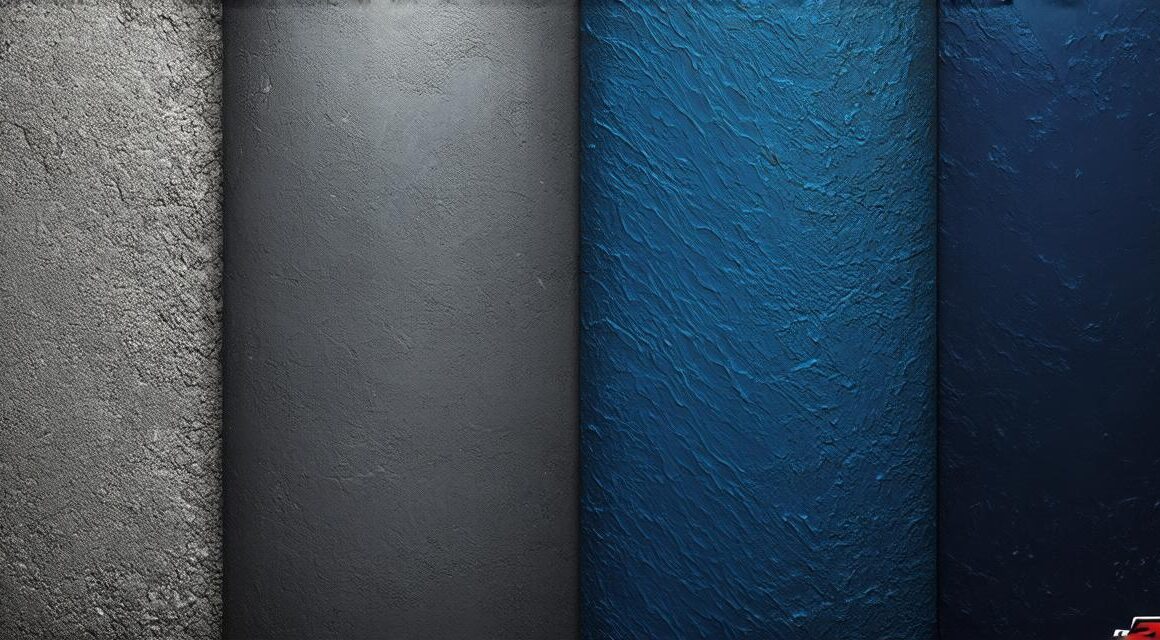If you’re a game developer looking to bring your characters to life in Unity, creating 3D models is an essential part of the process. In this guide, we will walk you through the steps of creating a character model for Unity step by step.
First Things First: Understanding the Concept
Before we dive into the technical details, it’s important to understand the basics of 3D modeling. A 3D model is a digital representation of an object in three dimensions, with length, width, and depth. When creating a character model for Unity, you will need to have a good understanding of geometry, texturing, lighting, and animation.
Choosing the Right Software
There are many software options available for creating 3D models, but some of the most popular choices for game development are Blender, Maya, and 3ds Max. Each has its own strengths and weaknesses, so it’s important to choose the one that best suits your needs.
Setting up Your Workspace
Once you have chosen your software, it’s time to set up your workspace. This includes creating a new project, setting up your camera and lighting, and adding any necessary materials or textures.
Creating the Base Model
The first step in creating a character model is to create the base model. This involves using basic geometry to shape the body, head, arms, and legs of the character. You can use primitives such as cubes, cylinders, and cones to build the basic structure of the character.
Adding Details
Once you have created the base model, it’s time to add details. This includes adding facial features, clothing, and accessories. You can use various sculpting techniques to give your character a realistic look and feel.
Texturing and Lighting
After creating the basic structure of your character, you will need to texture and light it. Texturing involves applying materials such as skin, hair, and clothing to the model, while lighting involves setting up the scene with artificial light sources to give the model depth and dimension.
Rigging and Animating
Once your character is textured and lit, it’s time to rig it for animation. Rigging involves creating a skeleton for the character that allows you to move its joints and limbs. Animation involves creating keyframes that define the movement of the character, such as walking, running, or jumping.
Exporting and Importing
Finally, after you have created your character model, it’s time to export it and import it into Unity. You will need to export the model in a format that Unity can read, such as FBX or Collada. Once imported, you can add your character to your Unity scene and begin programming the game.
FAQs
What software should I use for creating 3D models?
There are many software options available for creating 3D models, but some of the most popular choices for game development are Blender, Maya, and 3ds Max. Each has its own strengths and weaknesses, so it’s important to choose the one that best suits your needs.
How do I texture my character model?
Texturing involves applying materials such as skin, hair, and clothing to the model. You can use various software tools and techniques to create realistic textures, including mapping, painting, and UV unwrapping.
What is rigging and how does it work?
Rigging involves creating a skeleton for the character that allows you to move its joints and limbs. This involves setting up a series of bones and constraints that define the movement of the character. Once the rig is set up, you can animate the character by defining keyframes that define the movement of the joints.
How do I export my character model for use in Unity?
You will need to export your character model in a format that Unity can read, such as FBX or Collada. Most 3D modeling software has an option to export to these formats. Once exported, you can import the model into Unity and add it to your scene.
How long does it take to create a character model for Unity?
The time it takes to create a character model for Unity depends on the complexity of the character and your level of experience. It can take anywhere from a few hours to several days or even weeks to create a fully detailed and animated character model.



